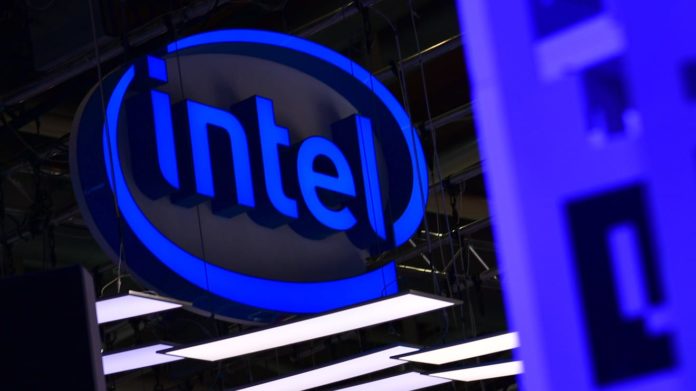Intel pioneered what they called the “tick-tock” approach to their processor generations. A “tick” processor introduced a new architecture (and its associated IPC increases) at the same process node. The “tock” is more iterative but takes things to a smaller process node. Take Ivy Bridge and Haswell, for instance. Ivy Bridge was a “tick” node that brought significant IPC gains over Sandy Bridge, while still remaining on the 32nm process. Haswell, meanwhile, saw a die shrink to 22nm and brought only iterative performance improvements. But a lack of competition from AMD over the past decade (at least until Ryzen arrived) has seen Intel stretch tick-tock into tick-tock-tock, then tick-tock-tock-tock…you get the picture.

Long story short, we’ve been on the 14nm process since the 5th gen Broadwell from 2014. That’s right, even as the mobile and GPU industries move to smaller and smaller process nodes, and even as AMD already on 7nm, Intel’s resolutely stuck to what are essentially rehashes of Skylake for the past half a decade. 10nm has been on Intel’s roadmap for a long, long time. But we’ve yet to see desktop parts built on the 10nm process node. In the mobile space, we’ve seen 10nm parts in the form of Cannon Lake and Ice Lake. But again, these are low-TDP, low availability parts that come in a limited number of laptops. There’s no real volume here. In the desktop space, the only real change was when Coffee lake introduced a larger number of cores across various performance tiers, mostly as a counter to Ryzen.
Now a rumor is going around that Intel will be skipping the 10nm process entirely to bring out 7nm desktop processors in 2022. The folks over at Hardwareluxx received inside information that suggested Intel would have a hard time meeting volume requirements on the 10nm process node. A leaked roadmap suggests that we’ll be looking at Comet Lake S and Rocket Lake S, both based on an enhanced 14nm process to see us through 2021. These parts will offer a reasonable increase in IPC along with an increased core count. Intel themselves, however, denied this and indicated that they will be launching a range of 10nm products, including desktop parts. At this point, we’re not quite sure what to believe. Apart from this statement, Intel’s done little to indicate that they actually will be going ahead with a 10nm desktop product. By all means, we should’ve seen one a few years ago. There’s no telling what will happen. If they stick to their official line, we might end up seeing 10nm desktop parts in 2020 and 2021 go head to head with the next Ryzens.
Further reading:


